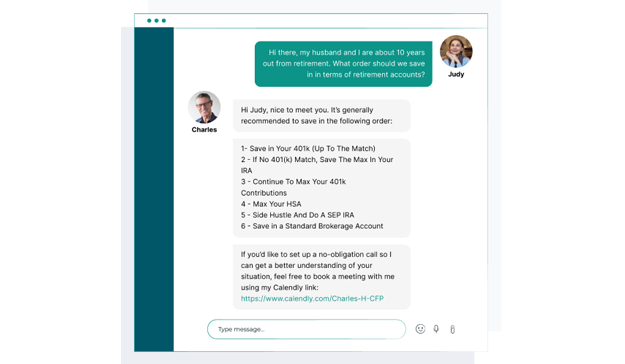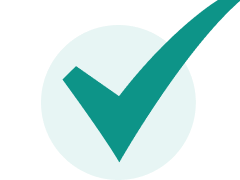401(k) plans are a type of profit-sharing qualified retirement plan that are widely used by employers of all sizes to help recruit and retain quality employees. These plans are required to meet certain criteria under ERISA guidelines, which means that all of them have to have the same specific characteristics built into them by design. However, there are many ways in which 401(k) plans can also be unique, as many of the plan provisions can be customized from one plan sponsor to another. So it is important for employers to understand how 401(k) plans are designed so that they can maximize the benefits that these plans provide for both themselves and their employees. Have questions about 401(k) Plans? Click here. Here is a breakdown of how these plans are designed and the ways that they can be customized. The actual process of matching a 401(k) plan's basic features with the plan sponsor's goals is known as plan design. Different types of employers can have very different goals that they want to achieve with their 401(k) plans. One employer may want to maximize contributions for the business owners and highly-compensated employees, while another seeks to incentivize employees to save for their retirements and stay with the company for the long term. When it comes to plan design, there are six elemental components of a plan that can be adjusted to meet a given employer's needs and goals. They are: Eligibility - Employers have some latitude regarding who they allow to participate in their 401(k) plan. They can often exclude part-time employees or independent contractors, or those who have less than a year of service to the employer or are under 21 years old. If the employer is seeking to increase and retain its workforce, then it will take a more inclusive approach in plan design while employers that are primarily establishing the plan for their own use will include the smallest possible number of participants. Employers can also limit enrollment in their plan to certain times, such as an annual, semiannual, quarterly or monthly window of time during which the plan will accept new participants. Compensation - Employers also have some latitude regarding which types of compensation they include when calculating items such as matching contributions. Any money that was earned by an employee before becoming eligible to participate in the plan can be excluded, as can certain types of fringe benefits and anything paid to highly compensated employees. But most employers stick to straight W-2 compensation because it is the easiest to calculate and obtain. Contributions - The IRS limits the amount of money that can be contributed to a 401(k) plan by an employee to the lesser of 100% of the employee's compensation or a certain dollar amount each year that is adjusted annually for inflation. Employers may pose additional limits on elective deferrals if they so choose. The area where employers have the most leeway is with matching contributions, which many employers will subject to a vesting schedule. Matching contributions can be made for a certain percentage of an employee's compensation, or can be a set percentage of an employee's contributions. For example, an employer can match the first 3% of the employee's elective deferrals, or it can match 50% of any amount of an employee's elective deferrals. Vesting - Many employers use a vesting schedule as a tool to retain employees. The employer can use either a cliff or graded vesting schedule. A cliff vesting schedule is where the employee becomes fully vested in the employer's matching contributions after a certain period of time, such as five years. Or it can use a graded vesting schedule, where the employee becomes progressively more vested in the matching contributions each year until the employee is finally fully vested. Distributions - Most employers allow distributions from their 401(k) plans under certain circumstances. Retired employees are of course able to take distributions from their plans if they are at least 59 ½ years old. And employees who leave the company are able to roll over their plan into either their new employer's qualified plan or an IRA without penalty. Some plans also allow employees to take one or more in-service distributions from their plans, while other plans may only allow qualified hardship distributions. Loans - Loans are an optional feature that employers can add to their plans if they so choose. Loans are typically limited to 50% of the current plan balance, or perhaps half of the employee's elective deferrals. Loans can be popular with plan participants who have no other way to access funds when they need them, but they come with additional costs and administrative complexity for the employer. These six features are all customizable for each employer, and as a group they constitute plan design. Plans can be designed in dozens of different ways depending upon the wants and needs of both the employer and the workforce.401(k) Plan Design Process
401(k) Plan Design Example

401(k) Plan Design FAQs
A 401(k) plan is a retirement plan offered by an employer designed to help employees save for retirement.
A 401(k) plan design is a type of retirement savings account that allows employees to contribute pre-tax dollars from their salaries and save for retirement while reducing their taxable income.
Yes, the IRS sets annual limits on how much an employee can contribute to their 401(k). For 2021, the limit is $19,500 per year for employees under 50 years old and $26,000 for those over 50.
Contributing to a 401(k) reduces an employee's taxable income, meaning they pay fewer taxes on their total income. Additionally, any earnings from investments within the account are not taxed until withdrawal.
Yes, most 401(k) plans have administrative fees for managing and investing the funds in the account. However, these fees are typically small compared to other retirement savings accounts and can vary depending on the type of investments made within the account.
True Tamplin is a published author, public speaker, CEO of UpDigital, and founder of Finance Strategists.
True is a Certified Educator in Personal Finance (CEPF®), author of The Handy Financial Ratios Guide, a member of the Society for Advancing Business Editing and Writing, contributes to his financial education site, Finance Strategists, and has spoken to various financial communities such as the CFA Institute, as well as university students like his Alma mater, Biola University, where he received a bachelor of science in business and data analytics.
To learn more about True, visit his personal website or view his author profiles on Amazon, Nasdaq and Forbes.











